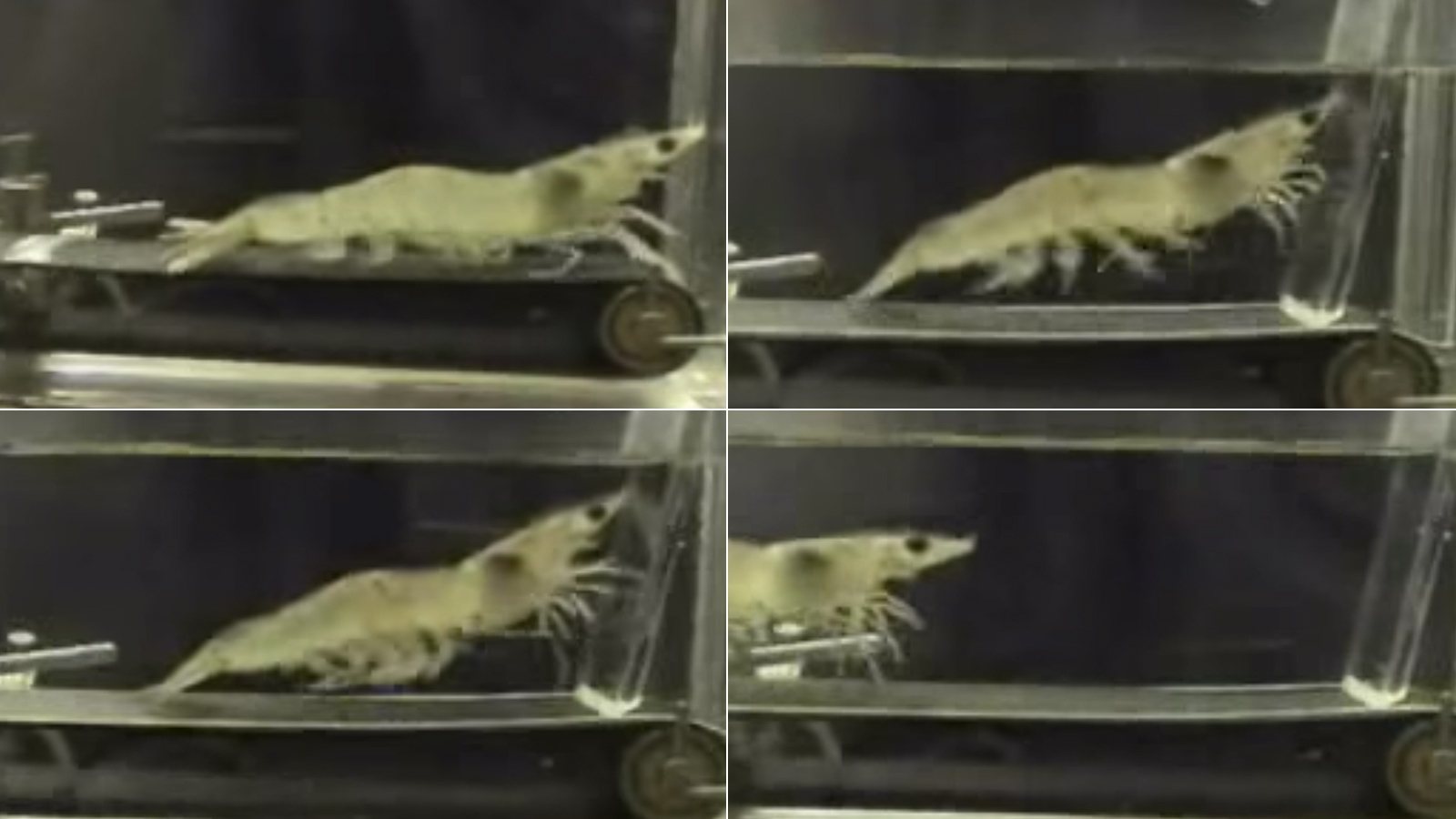When you picture the extravagancies of government spending, what do you see? If your answer is “a tiny marine crustacean jogging in place,” then your memory is a weird place — in 2011, Oklahoma Sen. Tom Coburn (Republican, duh) made some fuss about science grants awarded by the NSF to various projects, deemed by him to be “wasteful.”
Among those Coburn singled out, including the entirety of the search for extraterrestrial life and a robot that can fold laundry, was a project at the Grice Marine Laboratory at the College of Charleston, South Carolina. Coburn complained that the lab had received 12 separate grants from the National Science Foundation, for a total of $3 million … though, to be fair, this was over 10 YEARS of work.
Last week, David Scholnick, a biologist from Pacific University, slowly jogged back with his rejoinder — we can only assume with his legs and arms and miscellaneous appendages flailing. It may have taken three years, but it was worth the wait: “My name is David, and I am the marine biologist who put a shrimp on a treadmill — a burden I will forever carry.”
A burden we all must carry, Dave! Scholnick points out that reports — including a gibe from Forbes and a commercial from the AARP — of the $3 million treadmill price tag are just flat-out wrong. While it’s not chump change, a couple of million is reasonable for a decade worth of lab expenses — but the treadmill itself, he estimates, cost about $47 in spare parts. And he paid for those himself.
What’s more, the shrimp weren’t just experiencing the benefits of cardiovascular exercise for the heck of it, says Scholnick:
S[hr]imply put, my colleagues and I were studying how recent changes in the oceans could potentially affect the ability of marine organisms to fight infections — an important question, given that the amount of bacteria a shrimp is able remove from its body is directly related to how much bacteria could potentially end up on seafood-filled plates. And since shrimp are active animals in nature, it was logical to study the immune response of shrimp during activity.
In an era of public skepticism about the basic tenets of the scientific method, Scholnick’s defense of his shrimpy research stands as a defense of science in general:
In science, it is often necessary to develop creative solutions to complex problems. How do you get active marine animals to move naturally in a laboratory setting? How do marine animals fight off the glut of pathogens they are exposed to in the harsh environments where they live? These are not simple questions, there are no easy solutions, and they require an enormous amount of time and effort to answer.
With such symbolic weight to carry, this little shrimp deserves a more dignified anthem — here’s the Grist remix:



